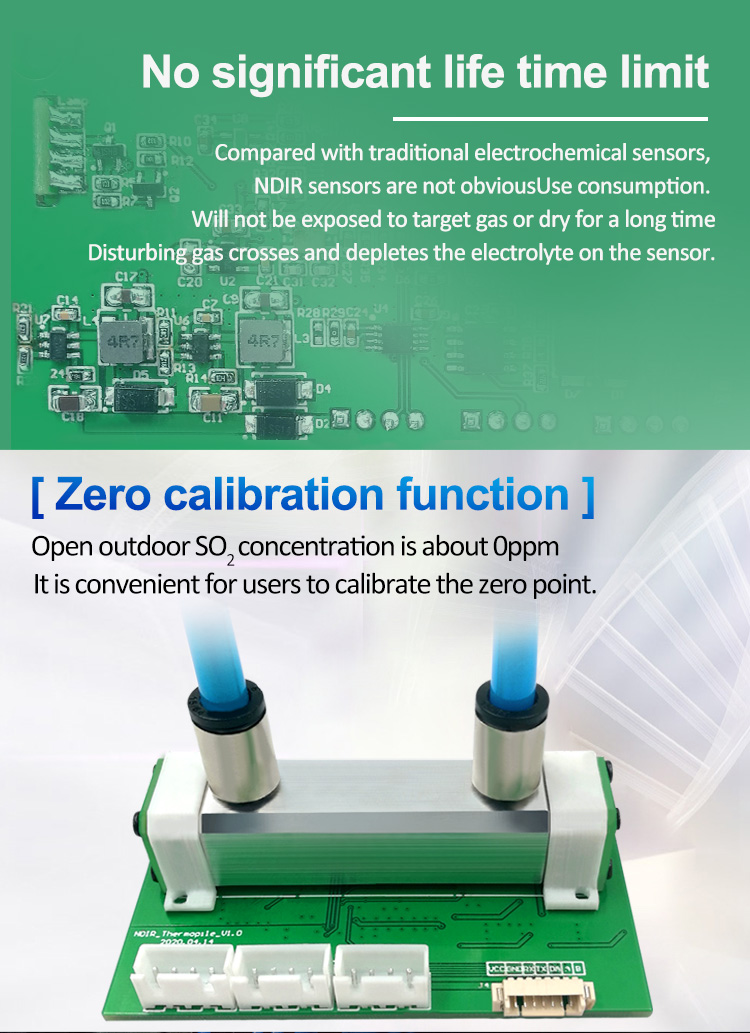Agriculture is one of the most important industries in the world. However, it is also facing some significant challenges, such as climate change, water scarcity, and soil degradation. These challenges require innovative solutions to increase crop productivity, reduce resource use, and protect the environment. One such solution is real-time crop monitoring with advanced gas sensor technology.
Gas sensors are devices that are used to measure the concentration of various gases in the air. In agriculture, gas sensors can be used to monitor the levels of gases such as carbon dioxide, ammonia, and nitrous oxide in the soil, air, and plant leaves. This information can then be used to make more informed decisions about fertilization, pest control, and irrigation.
One of the main benefits of real-time crop monitoring with advanced gas sensor technology is that it allows farmers to optimize their use of resources. By monitoring the levels of gases in the soil and air, farmers can determine when and how much water, fertilizer, and pesticide to apply. This can help to reduce waste, improve crop yields, and save money.
Another benefit of real-time crop monitoring with advanced gas sensor technology is that it can help to reduce environmental impacts. Excessive use of fertilizers and pesticides can lead to soil and water pollution, which can harm wildlife, reduce soil fertility, and threaten human health. By using gas sensors to monitor the levels of these chemicals, farmers can reduce their use and minimize their impact on the environment.
Finally, real-time crop monitoring with advanced gas sensor technology can help to improve crop quality and safety. Monitoring the levels of gases in plant leaves can provide early warning signs of disease or pest infestations, allowing farmers to take action before it is too late. It can also help to detect the presence of harmful chemicals, such as pesticides, in the crops, ensuring that they are safe for human consumption.
In conclusion, real-time crop monitoring with advanced gas sensor technology is a promising solution to the challenges facing the agriculture industry today. By providing farmers with real-time data on the levels of gases in the soil, air, and plant leaves, this technology can help to optimize resource use, reduce environmental impacts, and improve crop quality and safety. It is a powerful tool that can help farmers to work more efficiently, sustainably, and profitably.
 : +86 155 8830 2704
: +86 155 8830 2704 : jxdziot@gmail.com
: jxdziot@gmail.com
